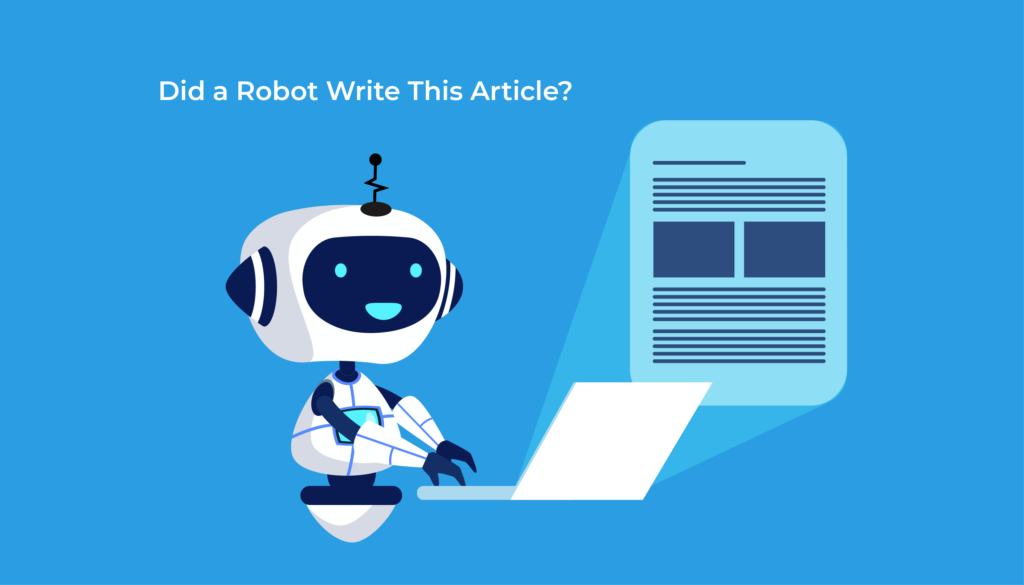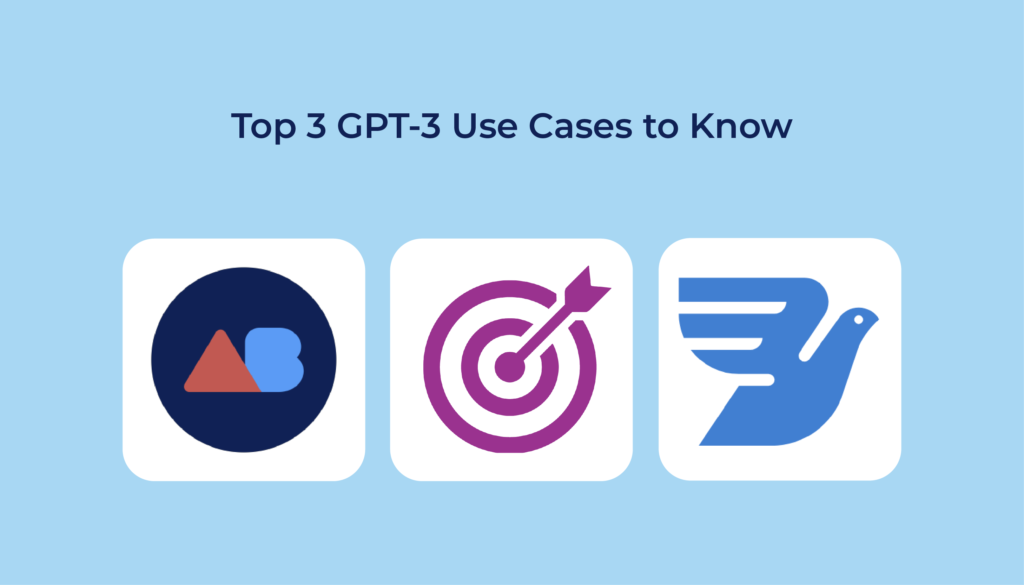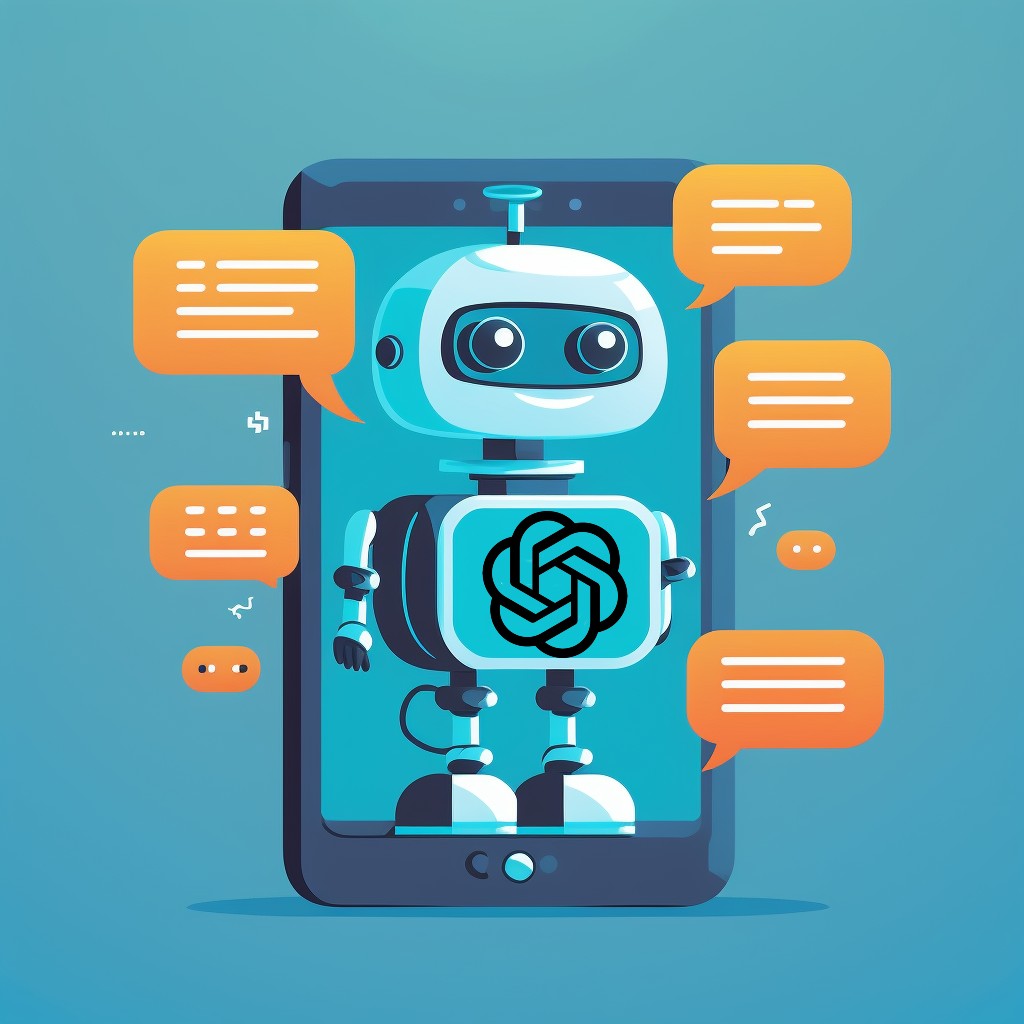Beyond automating routine tasks and streamlining marketing and sales operations, Artificial Intelligence is exhibiting increasing autonomy and mimicking human cognitive functions with remarkable accuracy.
While its prowess in generating natural language content is well established, consider an AI-powered language model capable of seamlessly navigating complex translation tasks, delivering precise semantic search results that anticipate user queries, and performing named entity recognition with human-like efficiency.
GPT-3 emerges as a groundbreaking development in AI, pushing the boundaries of language processing capabilities and nearly mirroring human proficiency in reading and writing tasks. This article delves into the core principles of this language model, explores its inherent challenges, and illuminates noteworthy GPT-3 applications poised to shape the AI landscape. Thereafter, the narrative unfolds further with the introduction of GPT-4, the details of which you can explore within our article.
GPT-3 Unveiled: A Closer Look at Its Capabilities
In 2020, OpenAI introduced GPT-3, the latest iteration of Generative Pre-Trained language models. Unlike its predecessors, GPT-3 goes beyond completing simple sentences and has garnered significant attention in the AI community.
With a staggering 175 billion parameters, this unsupervised model underwent training by analyzing 570GB of text data. Its capabilities include crafting fiction stories, generating code, answering questions, summarizing texts, and performing translations.

One remarkable aspect of GPT-3 is its proficiency in writing news articles, making it challenging to distinguish its output from human-authored texts. Additionally, there is a demo showcasing GPT-3‘s ability to create an Instagram-like app using a Figma plugin for app design.
The success of GPT-3 sparked a global trend in the development of large-scale language models. Other notable entries include the Chinese PanGu, with 200 billion parameters, and Gopher, launched by DeepMind, boasting an impressive 280 billion parameters. This surge marks a new frontier in competition among tech giants and forward-thinking industries.
Understanding Its Functionality and Applications
GPT-3 is a smart learner that doesn’t need labeled data to understand languages. Unlike supervised learning, where models learn from labeled datasets with inputs and desired outputs, GPT-3 excels at analyzing unstructured data and figuring out the correct answers on its own.
During training, GPT-3 doesn’t have specific answers to predict, so it learns to provide accurate responses based on the surrounding text. Instead of just memorizing words and their meanings, GPT-3 grasps how each word fits into a specific context.

This language model isn’t limited to language tasks; it can even write code based on simple text descriptions. For example, if you describe wanting a heart-shaped “Contact Us” button, GPT-3 can create it for you.
GPT-3 isn’t just for software development; it’s a valuable tool for simplifying tasks like classifying image datasets and handling basic design jobs. This allows experts to focus on more strategic work.
Beyond creative writing and coding, GPT-3 has applications in industries like marketing and e-commerce, aiding in achieving crucial business objectives. Let’s explore some of the tasks GPT-3 can assist users with:
-
Streamlined Resumes
Job seekers rejoice as GPT-3 simplifies the resume creation process. By inputting basic details such as education, experience, and skills, the language model crafts concise and informative resumes tailored for successful job interviews.

-
Customer Feedback Analysis
Business owners harness GPT-3 to analyze vast amounts of customer feedback efficiently. This tool classifies feedback into multiple categories, providing valuable insights from surveys and reviews. By transforming data into actionable insights, companies gain a deeper understanding of their customers’ preferences.
-
Engaging Quizzes
Creating challenging quizzes becomes a breeze with GPT-3’s text generation capabilities. From generating quizzes on diverse topics to offering detailed explanations of correct answers, this language model saves time and effort in quiz creation.
-
Targeted Marketing Emails
Overcome the spam folder hurdle by utilizing GPT-3 to craft niche-specific marketing emails. The content generator tailors emails based on customers’ job positions, interests, and buying behavior, ensuring effective communication about new offerings.

-
Multilingual Chatbots
Enhance customer service with GPT-3-powered chatbots capable of simulating natural conversations. These bots facilitate order placements, provide round-the-clock assistance, and free up employees for more critical tasks. Leveraging GPT-3, businesses can make their customer service multilingual, reaching new markets and expanding revenue streams.
Stepping Ahead in the Language Model Dance
GPT-3′s emergence has undoubtedly sent shockwaves through the world of AI language models. While its predecessors laid the groundwork, GPT-3 takes a significant leap forward in several key areas:
1. Scale and Capacity: GPT-3 dwarfs its predecessors in terms of sheer size and capabilities. Trained on a staggering dataset of text and code, it boasts 175 billion parameters, compared to GPT-2’s 1.5 billion and the 137 billion of Jurassic-1 Jumbo. This scale translates to:
- A deeper understanding of context: GPT-3 captures subtle nuances and relationships within the text, leading to more coherent and relevant outputs.
- Greater generation potential: It can handle longer and more complex tasks, from generating entire scripts to accurately translating lengthy documents.
2. Unsupervised Learning: Unlike models heavily relying on manually labeled data, GPT-3 utilizes unsupervised learning to extract knowledge from its massive dataset. This allows for:
- Faster adaptation to new domains: GPT-3 readily adapts to various tasks without extensive retraining, making it more versatile and flexible.
- Uncovering hidden patterns: The unsupervised approach allows it to identify subtle connections and trends within data, leading to potentially groundbreaking discoveries.
3. Zero-Shot Learning: GPT-3’s ability to understand and perform new tasks without explicit instructions differentiates it from traditional models. This enables:
- Prompt-based control: Users can guide GPT-3‘s outputs through simple prompts, directing their creativity and focus to specific tasks.
- Open-ended exploration: Researchers can unleash GPT-3‘s potential for unexpected breakthroughs by presenting novel queries and scenarios.
GPT-3 Challenges Unveiled: Navigating the Limitations
While GPT-3 stands as a remarkable tool, every language model carries its unique set of limitations. Here, we unravel the core challenges embedded in GPT-3:
-
High Cost
The sheer computational power required by GPT-3 for tasks like coding and complex text generation poses a financial barrier. Small businesses and startups may find it challenging to harness the growth potential of this language model.
-
Output Errors
While proficient in creating short texts and handling simple coding tasks, GPT-3 encounters challenges when tasked with more complex outputs. Output errors become more prevalent, limiting its capabilities for extensive texts or sophisticated app development.
-
Lack of Long-Term Memory
GPT-3 exhibits a constraint in learning from long-term interactions. With a context window limited to 2000 words per request, the model’s text creation is confined to approximately four pages. The inability to retain context across requests hinders long-term memory.
-
Low Inference Time
The enormity of GPT-3 as a language model necessitates extended time for text analysis, context understanding, and precise predictions. The low inference time can impact the efficiency of tasks that require swift processing.
-
Contextual Understanding Challenges
GPT-3’s contextual understanding has limitations, leading to occasional misinterpretations. The model may need help with nuances and may not consistently capture the intended meaning in varied contexts.
-
Dependency on Quality Data
The model’s performance relies heavily on the quality of the training data. Biases present in the data can be mirrored in GPT-3’s outputs, raising concerns about ethical implications and reinforcing existing biases.
-
Inability to Learn from Feedback
GPT-3 lacks the ability to learn dynamically from feedback over extended periods. The model’s adaptation is limited to the immediate context of each interaction, preventing cumulative learning from ongoing user feedback.
-
Vulnerability to Adversarial Inputs
Like many AI models, GPT-3 is susceptible to adversarial inputs, where deliberately crafted inputs can lead to unexpected or incorrect outputs. Robustness against adversarial attacks remains a challenge.
Top 3 GPT-3 Use Cases to Know
ABtesting.ai is a valuable asset for marketing professionals, simplifying A/B testing with the prowess of GPT-3 technology. Users can effortlessly create multiple options for titles, copy, and CTAs, subjecting them to testing for enhanced performance.
Integration is seamless through a JavaScript code snippet or a WordPress plugin, requiring only a brief 10-minute setup. The tool diligently analyzes variations, presenting the most effective ones to your audience, thereby boosting conversion rates.
Viable, on the other hand, empowers businesses to harness qualitative analysis from customer feedback data. Leveraging GPT-3, this tool categorizes feedback into sections like questions, complaints, and requests, providing detailed reports for meaningful insights.
It proves invaluable for scrutinizing various markets and customer segments, expediting decision-making, and identifying areas for improvement. Additionally, Viable is a robust tool for dissecting marketing campaigns and pinpointing relevant strategies for the current audience.
In the realm of customer communication, MessageBird excels by facilitating interactions through optimal channels. Employing AI-powered chatbots and GPT-3 technologies for predictive text, this tool enhances every step of the customer journey.
From marketing messages to delivery updates, MessageBird ensures personalized care, fostering a sense of value for customers. With a multitude of channels, including WhatsApp, Messenger, Instagram, and WeChat, this tool broadens the scope of customer support.

Integrating AI into Your App: A Strategic Imperative
The integration of AI into your application heralds a transformative journey, unlocking a myriad of possibilities and enhancing user experiences. Here’s a comprehensive guide on why and how you should seamlessly incorporate AI into your app:
- Enhanced User Engagement
AI-infused features elevate user engagement by providing personalized and context-aware interactions. Tailored content recommendations, intelligent notifications, and predictive suggestions enhance the overall app experience.
- Smarter Decision-Making
Leveraging AI empowers your app to make data-driven decisions in real-time. Whether it’s dynamic pricing strategies, personalized marketing campaigns, or adaptive content delivery, AI ensures your app remains agile and responsive.
- Streamlined User Interface
Intelligent design powered by AI leads to a more intuitive and user-friendly interface. Natural Language Processing, (NLP), can enable voice commands or chat-based interactions, simplifying user navigation and accessibility.
- Predictive Analytics for Insights
Embedding AI analytics enables your app to glean valuable insights from user behavior. Predictive analytics models can forecast trends, helping you make informed decisions and refine your app’s features based on user preferences.
- Efficient Task Automation
Automate repetitive and time-consuming tasks within your app using AI. Whether automating customer support queries, content moderation, or backend processes, AI-driven automation enhances efficiency and reduces operational costs.
- Personalized Recommendations
AI algorithms analyze user preferences, behaviors, and historical interactions to deliver hyper-personalized content recommendations. Personalization boosts user satisfaction and retention, whether suggesting products, articles, or music.
Wrapping Up
GPT-3 has become a game-changer across diverse industries, marking a significant advance. Our software development agency boasts a skilled team of developers well-versed in AI, covering everything from data science to computer vision. We deliver exceptional artificial intelligence services tailored to meet the specific needs of various sectors.





